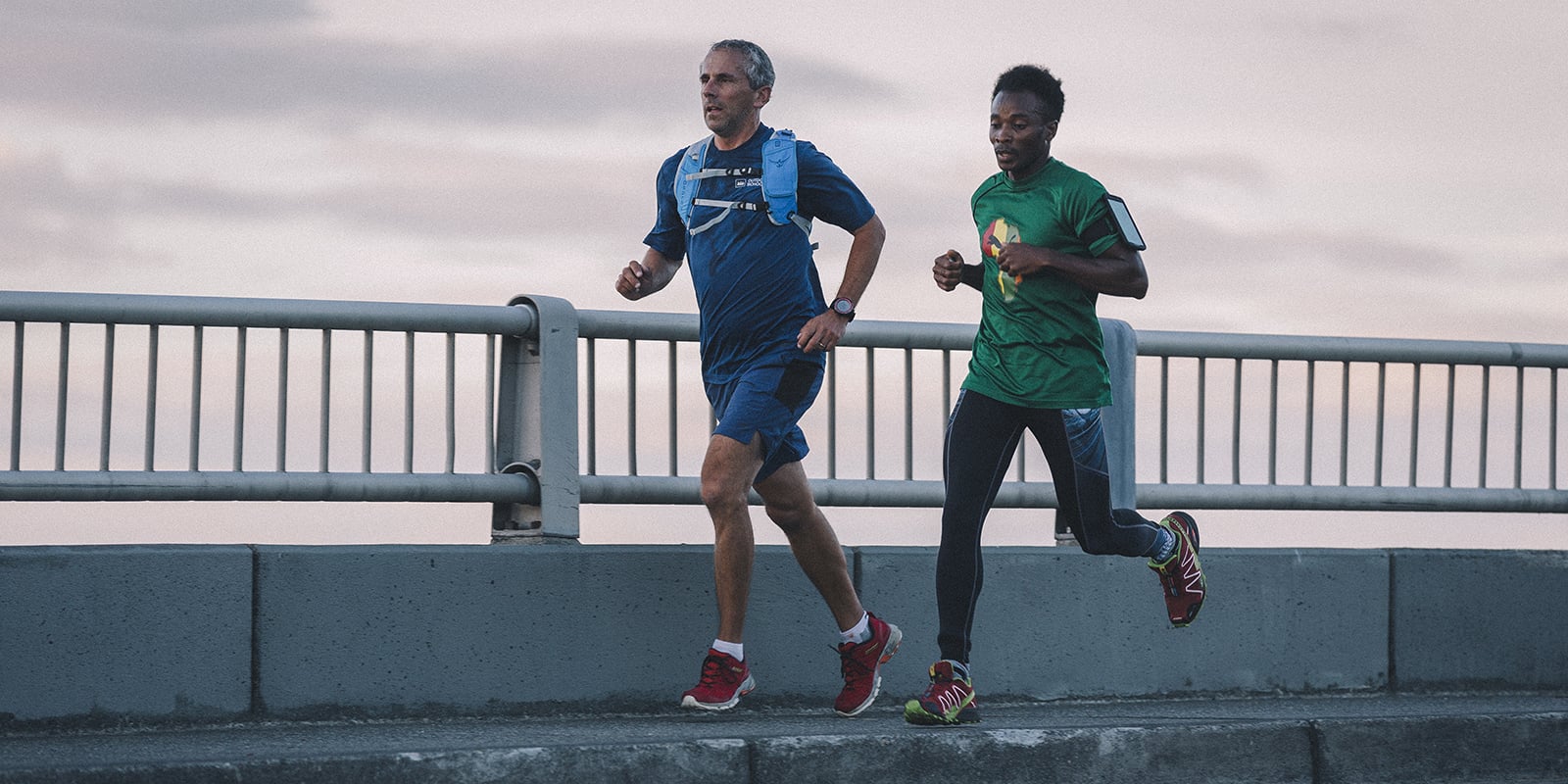When it comes to preparing for a race, there are a lot of things that you need to do in order to make sure that you are as prepared as possible. And while one of the most important things that you can do is to increase your mileage training, there are a variety of other things that you can do too in order to make sure that your training is as effective as possible. In this article, we will be discussing some of the best ways to increase your steps in a mile for a race.
Different types of running
One of the most important things that you can do in order to increase your mileage training is to make sure that you are incorporating a variety of different types of running into your routine by.
- By doing this, you will be able to increase the intensity and the challenges of your training, which will in turn, help you to improve your mileage and your race performance.
- Additionally, it is important to make sure that you are covering a variety of different distances in your training.
- This means that you should be incorporating shorter runs as well as longer runs into your routine. And lastly, it is also important to keep in mind the time of year when you are training for a race.
- During the winter, for example, it is important to focus on improving your endurance rather than on speed, while during the summer months it is more important to focus on speed and acceleration.
By following these tips, you can increase your steps in a mile for a race and ensure that your preparations are as effective as possible.
What is mileage training?
Mileage training is a type of endurance training that helps improve your running performance. It consists of running at a slower pace for a fixed distance.
This can help you build up your endurance and speed over time. There are different types of mileage training, including tempo runs, long runs, and intervals.
Start by finding out how many miles you should be running each week to achieve your desired results. Then, find a routine that works for you and stick to it. Make sure to listen to your body and take it easy on the weekends so that you don’t over train.
How should you measure your progress?
When you are training for a race, it is important to measure your progress. There are many different ways to do this, but the most common way is to track your mileage.
Mileage can be tracked in a variety of ways, such as using a running app on your phone or using a GPS watch. You can also track mileage by counting steps taken or walking distances. The best way to measure your progress is to find a method that works for you and stick with it.
If you are new to mileage training, start by gradually increasing your mileage over the course of several weeks or months. As you become more comfortable with mileage training, you can increase the intensity of your workouts and/or the duration of your workouts.
How can you increase your mileage without overtraining?
One of the best ways to increase your mileage without overtraining is to gradually add in more mileage. Start by adding 10-20 miles per week and gradually increase this amount until you reach your desired mileage.
Another way to increase mileage is to run long distances on alternate days. This will help to prevent overtraining and also allow for a greater variety of training. It is important to listen to your body and make sure that you are not pushing yourself too hard.
Overreaching can lead to injury, which will significantly reduce your ability to train effectively. Finally, be sure to include some cardiovascular exercise into your training regimen. This will help improve overall fitness and stamina and may also help you avoid overtraining.
How do race times improve with mileage training?
Mileage training is a popular way to improve race times. Running more often will help you build fitness and increase your speed. However, mileage isn’t the only factor that affects race times.
Here are six ways running more can help you improve your time:
- Build Endurance:Running long distances will increase your endurance, which will help you run at a faster pace for longer periods of time.
- Improve Your Speed: Running faster will help you cover more ground in a shorter amount of time and decrease your time penalty during races.
- Improve Your Technique:Improving your technique will reduce the risk of injury and allow you to run at a faster pace with less effort.
- Decrease Stress Levels:Running often can reduce stress levels, which can lead to improved performance and fewer injuries.
- Increase Strength Training:Increasing strength training can also improve performance by reducing the amount of energy needed to perform activities such as running.
Conclusion
Running a race is all about pushing yourself to the limit, and in order to do that you need to put in the hard work. While it’s easy to get caught up in the excitement of preparing for a race and think that training is just a Speed Work Session or tempo run here and there, this couldn’t be further from the truth.
Training for a race should consist of a variety of workouts that will increase your mileage overall as well as your speed, intensity, and endurance. By following these tips, you can ensure that you are getting the most out of your mileage training for a race.
